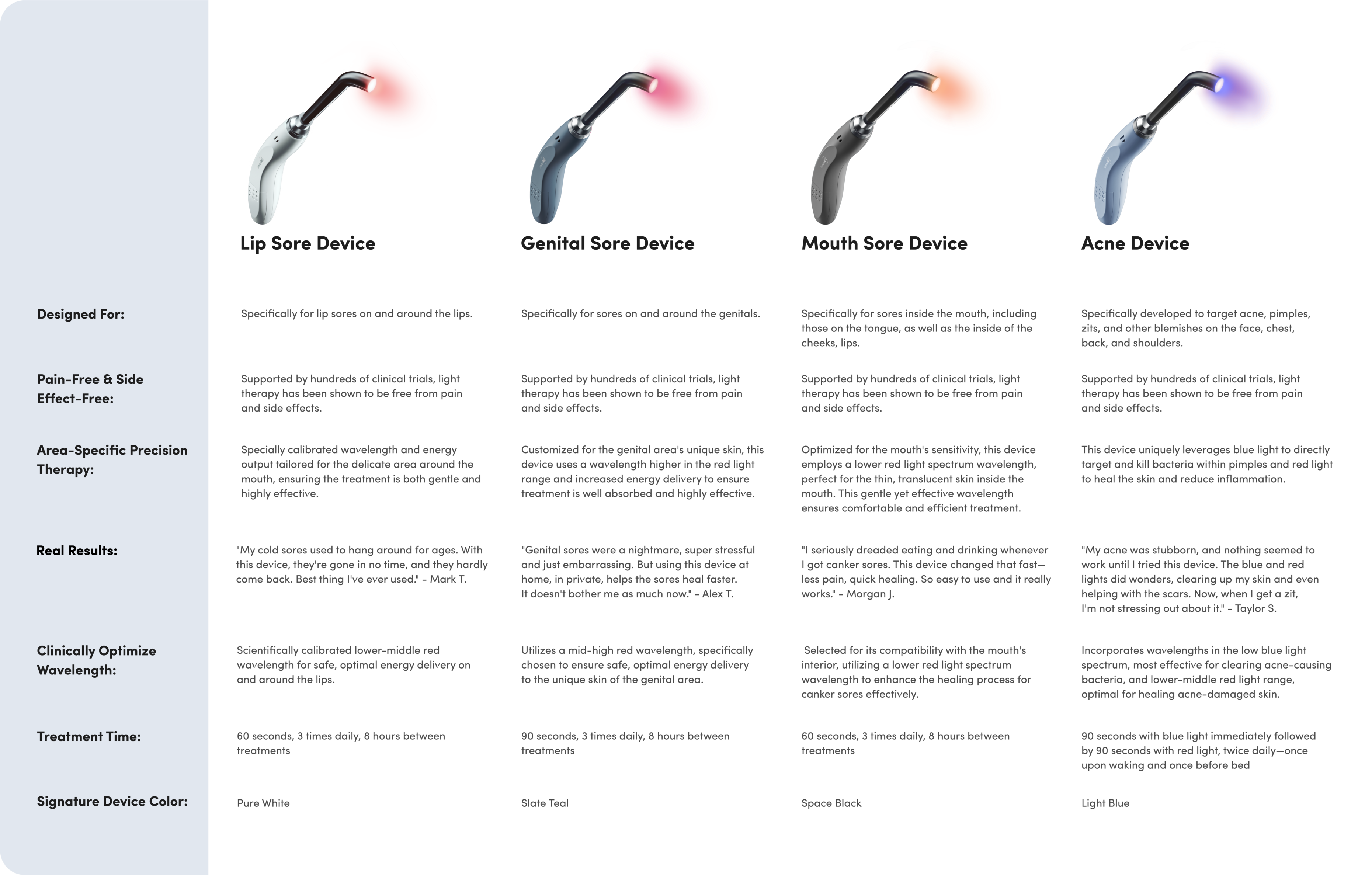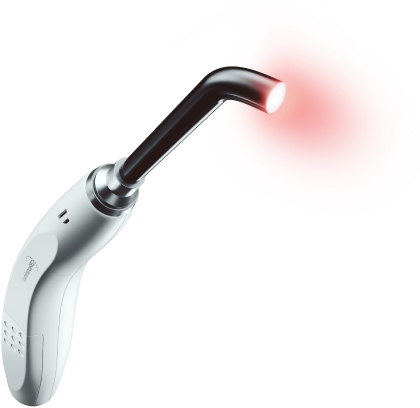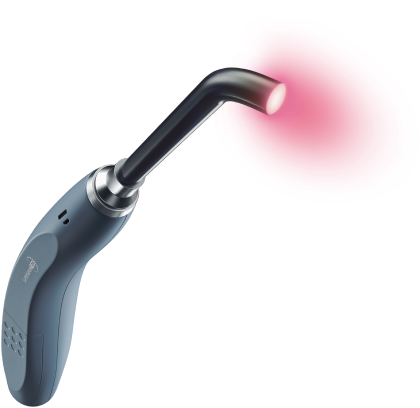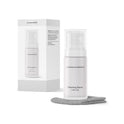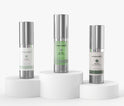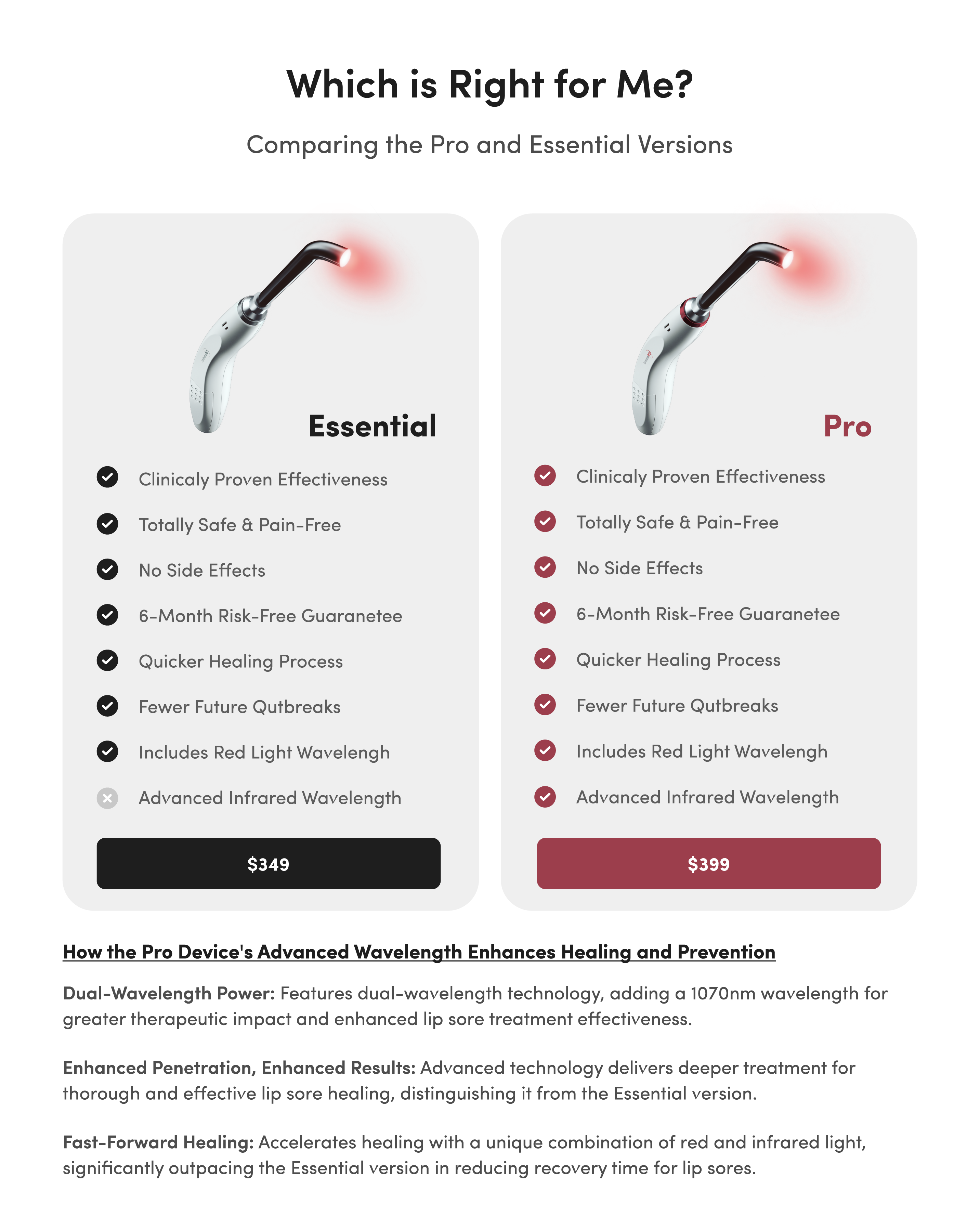Red Light Therapy and Rosacea: What the Science Actually Says

April is National Rosacea Awareness Month, a time dedicated to shedding light on a condition that affects more than 16 million Americans. While flare-ups and redness are the most visible symptoms, the frustration and discomfort rosacea causes often run deeper. With growing interest in holistic and non-invasive treatment options, many are turning to red light therapy as a potential ally in managing rosacea symptoms.
So, what does the science actually say? Can red light therapy genuinely soothe the inflammation, redness, and skin sensitivity that come with rosacea? Let’s break it down.
What Is Red Light Therapy?
Red light therapy, also known as low-level light therapy (LLLT) or photobiomodulation, uses specific wavelengths of red and near-infrared light to stimulate cellular activity. Unlike UV rays, red light doesn’t damage skin. Instead, it penetrates gently to reach deeper layers, encouraging skin cells to repair, renew, and regenerate.
The technology isn’t new—it’s been used for decades in medical and dermatological settings to support healing, reduce inflammation, and even promote hair growth. In recent years, red light therapy has moved into the wellness mainstream, thanks in part to innovations that make it easy and safe to use at home. Wearable therapeutic masks, handheld devices, and panels are all part of the growing toolkit for people looking to harness light for better skin.
Red light therapy typically uses wavelengths in the range of 600 to 900 nanometers. These wavelengths are capable of penetrating the skin's surface without causing harm. The light stimulates the mitochondria in your cells—the energy powerhouse—to increase the production of ATP (adenosine triphosphate). This fuels critical biological processes like cell repair and regeneration, essential for maintaining healthy skin.
What Does the Science Say?
When it comes to red light therapy and skin health, the research is increasingly encouraging. According to this study, red light wavelengths can have a variety of beneficial effects on the skin, including improved circulation, enhanced collagen production, and significant anti-inflammatory responses.
In the context of rosacea, these effects are particularly relevant. Rosacea is a chronic skin condition characterized by facial redness, visible blood vessels, and inflammatory bumps. Triggers vary widely and can include stress, diet, temperature changes, and certain skincare products.
Red light therapy may help mitigate the inflammation and immune overactivity that contribute to these symptoms. It doesn't deliver a quick fix, but with consistent use, it may reduce the frequency and severity of flare-ups. Some patients report improvement in redness and irritation within weeks, especially when combining red light therapy with a gentle, rosacea-safe skincare regimen.
If you're interested in learning more about the potential benefits of red light therapy for rosacea, our in-depth post on natural remedies for rosacea is a great resource.
Red Light Therapy and Skin Barrier Repair
One of the most frustrating aspects of rosacea is the compromised skin barrier that often accompanies the condition. A weak barrier allows irritants to penetrate more easily, increasing sensitivity and inflammation. Red light therapy may play a role in strengthening this barrier by stimulating the production of essential proteins like collagen and elastin.
Increased collagen not only supports the skin structurally but also enhances hydration and elasticity. This is crucial for people with rosacea, whose skin often feels dry, tight, and reactive. By encouraging a stronger, more resilient skin barrier, red light therapy can help minimize future flare-ups and promote overall skin health.
At-Home Red Light Therapy Masks: Making It Accessible
What makes red light therapy even more appealing today is the ability to use it at home. At-home masks are designed to deliver controlled, consistent wavelengths of red light across the face without the need for in-office appointments. These masks are typically worn for 10 to 20 minutes per session, making it easy to integrate into your daily or weekly skincare routine.
For individuals with rosacea, the convenience of treating skin in a calm, familiar environment can reduce the risk of irritation caused by travel, exposure to outdoor elements, or unfamiliar skincare products.
Consistency is key. Much like going to the gym or maintaining a healthy diet, results with red light therapy come with time. But unlike some treatments that come with harsh side effects, red light therapy is non-invasive and well-tolerated—an ideal fit for people with reactive or sensitive skin.
Want to take your skincare to the next level and truly unwind? Consider incorporating your mask time into a larger wellness ritual. Here's how to reimagine your spa night at home.
What to Expect from Red Light Therapy for Rosacea
Patience and consistency are critical when using red light therapy for rosacea. While some people begin to notice subtle improvements within a few weeks, it often takes 8-12 weeks of regular use to see visible results.
Some of the improvements users report include:
-
Reduction in overall facial redness
-
Smoother skin texture
-
Less frequent flare-ups
-
Reduced sensitivity and irritation
-
A calmer, more balanced skin tone
Keep in mind that while red light therapy can help manage rosacea symptoms, it should not replace a dermatologist’s advice or prescribed treatments. Instead, it can serve as a powerful complement to your existing routine.
Precautions and Tips for Success
While red light therapy is considered safe for most skin types, including those with rosacea, it’s important to approach treatment with care:
-
Start slow: Begin with shorter sessions (5-10 minutes) a few times per week and build up gradually.
-
Follow instructions: Always use your at-home device as directed by the manufacturer.
-
Clean skin first: Use the therapy on freshly cleansed skin free of makeup, sunscreen, or occlusive products.
-
Pair with hydration: Follow up your session with a calming moisturizer to lock in hydration and minimize irritation.
If you experience any discomfort, take a break and consult with your dermatologist before resuming.
Final Thoughts: Glowing Skin Starts with Informed Choices
Rosacea is complex, but that doesn’t mean managing it has to be overwhelming. Red light therapy offers a gentle, non-invasive way to support your skin’s health and resilience from the comfort of your own home.
As we honor National Rosacea Awareness Month, it’s the perfect moment to explore options beyond prescription creams and lifestyle restrictions. Whether you’re just beginning your skincare journey or looking for new ways to calm inflammation and reclaim confidence, red light therapy masks could be an empowering addition to your wellness routine.
Curious about what’s available? Take a look at our collection of therapeutic masks designed for at-home use—and give your skin the support it deserves.




